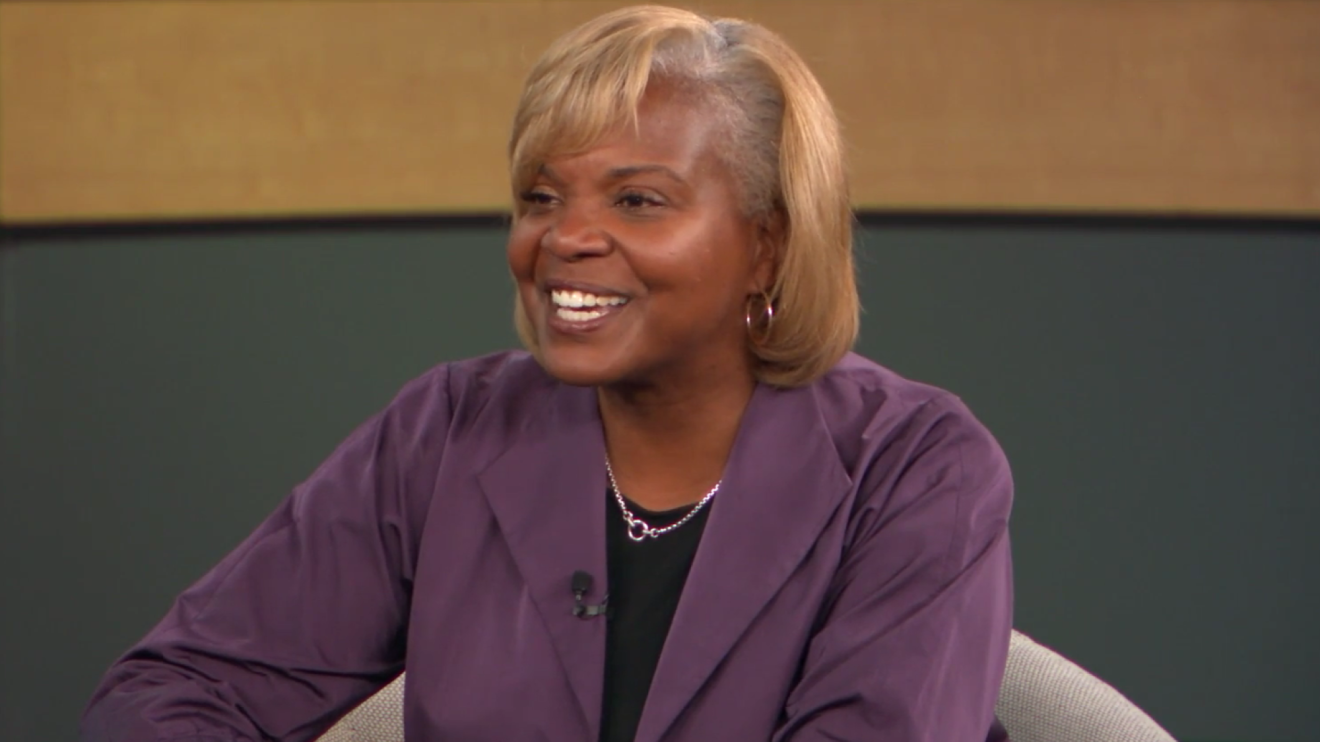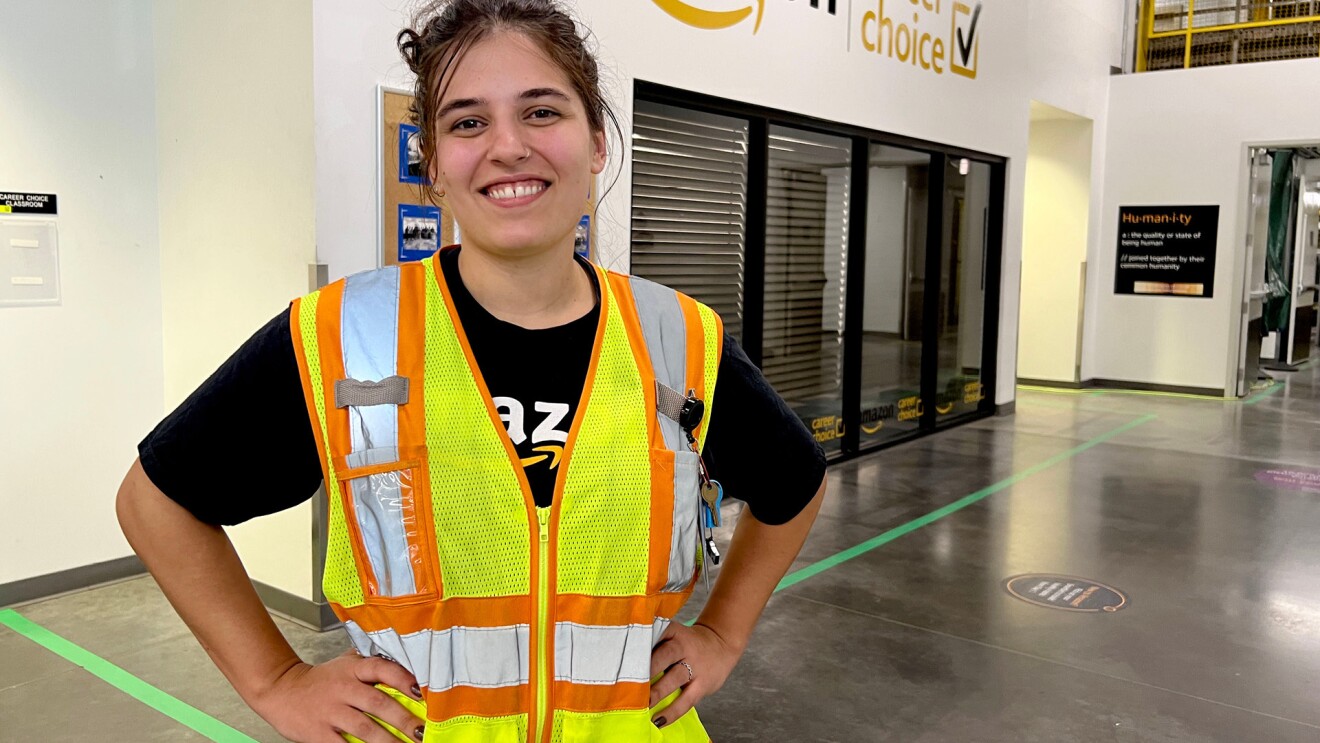Observing Michael Nesmith during a high-stakes meeting at Amazon is like watching a symphony in motion.
While his artfully tattooed arms and hands deliver his message through American Sign Language (ASL), an interpreter across the table speaks out loud for Nesmith, translating his signs to the spoken word. At the same time, a second Amazon interpreter signs back to Nesmith — telling him what others in the room are saying — including side comments and chitchat that a hearing person would pick up just by sitting there. Although Nesmith is Deaf, he doesn’t miss a thing.
“Being Deaf is my superpower, and it's also my kryptonite,” said Nesmith, an art director at Amazon who has been unable to hear since he was a child, and was raised by Deaf parents.
The superpower part of the equation, he said, is that his visual senses are heightened. That’s helped drive his career as a designer and art director, where he storyboards campaigns by sketching them out, and oversees the photography of product launches and marketing for some of Amazon’s most cutting-edge devices.
It's really nice because my team understands my personality better, and that’s one thing I really value about this experience with the Amazon interpreters program.
Michael Nesmith
“How I do my job is telling visual stories,” Nesmith said. “But my greatest strength is also my greatest weakness because sometimes I don't have that full access to communication.”
Enter Jennifer Mathern, one of a growing number of full-time Amazon interpreters.
“Deaf people are constantly adjusting how they interact with the world to get what they need and what they want,” said Mathern, who points out that Amazon has taken a leadership role in being inclusive for all, including those who are Deaf.
Amazon’s ASL Interpreter Program provides interpreters to Deaf employees based on their individual needs. For Nesmith’s role, he currently has one or two interpreters at a time working with his team.
While he always has one interpreter seated at a desk next to him, called his “anchor interpreter,” additional interpreters join for meetings. The idea is to keep up on the latest Amazon acronyms, products, and code names that must be literally created in ASL because there is no comparable sign for them. A consistent team of full-time interpreters means that any one of them can come and go, but the workflow remains seamless for employees like Nesmith who just wants to get down to business.
There’s another advantage with having an anchor interpreter — they find ways to translate an individual’s personality.
“He knows my quirkiness, he knows my odd sense of humor, and he can bring that to my team,” Nesmith says, referring to his interpreter, Jeff. “It's really nice because my team understands my personality better, and that’s one thing I really value about this experience with the Amazon interpreters program.”
Mathern adds that interpreters are a part of the team — even on confidential projects.
“That's why it's so important to have the in-house interpreters learn what employees are working on,” said Mathern. “You can speak and be that voice, without question, without hesitancy. You just know what's going to happen. You're familiar with it.”
Before joining Amazon, Nesmith said he worked at an advertising agency that couldn’t afford an interpreter, which made an already competitive job even harder. “In that kind of environment, I worked later hours and had to keep my guard up constantly.”
At Amazon, he says the interpreters have allowed him to do some of the best work of his career because he’s only focused on being creative and feels like he’s on a level playing field.
“When I look back, I really marvel at how far I've come. It's really nice to have the opportunities I have here.”
01 / 03
Trending news and stories
- Amazon unveils 7 new robots powering faster, safer deliveries: Go inside our most innovative delivery station yet
- Introducing Vulcan: Amazon's first robot with a sense of touch
- This new AI tech will make sorting packages easier for Amazon's delivery station employees
- How Amazon helps data center communities thrive











